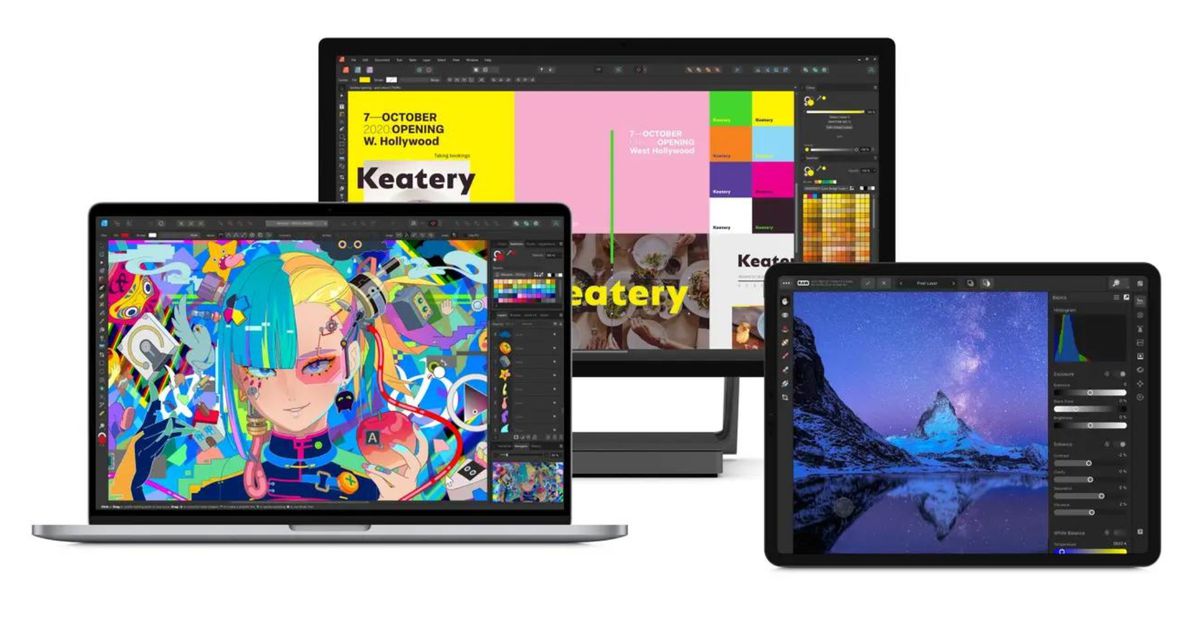Back before software subscriptions were a thing, I had a few different licenses which I would have assumed were perpetual.
In a way they were, but then my version stopped receiving updates and version 2 came out and they wanted me to buy version 2.
So perpetual licenses don’t mean anything if the company wants to be a jerk about it.
In a way they were, but then my version stopped receiving updates and version 2 came out and they wanted me to buy version 2.
That’s… how it works? Surely you can’t expect ongoing, infinite development without paying an ongoing cost. Eventually the current version will become the old version, and stop receiving updates.
I’ve seen this take before, and it’s always been bad.
Back when perpetual licenses were normal - yeah, you could always install that software from the CD or whatever and input your key and activate it. As long as you were running it on a supported OS, it worked. Most of the time you’d get updates for a while, for the most popular software at least, but not always.
Then eventually, everyone who was going to buy it had bought it, mostly. The money stopped rolling in, and no one’s going to make updates for free. So updates stopped.
Over time, it would just become not as good. It didn’t change, the world around it did. New security vulnerabilities would be found, or the OS would update and it wouldn’t be compatible anymore. Sure you could run the old OS, and it would work how it always had. But then vulnerabilities in the old OS would show up, or the newer OS would have a feature you want, or not be compatible with newer software you also want to run. It wouldn’t be feasible to run that old software anymore.
That doesn’t mean that the company didn’t fulfill their promise. A perpetual license you bought, and a perpetual license you got. Office 2003 still runs on Windows XP. But neither of them are secure anymore, and besides, 2003 is missing a ton of features.
So they publish the next major version. It has new features (Office 2007 introduced docx, the ribbon, and SharePoint), and will get security updates while it’s supported. People buy it and use it for a while, then the same thing happens as Office 2003. It ages, and goes to the wayside. People start buying Office 2010.
Eventually, the world speeds up. The Internet becomes faster and more reliable. Updates can happen faster and more consistently. People begin to expect updates for longer. The companies decide the best way to respond is to shorten the cycle. Instead of paying a large sum every few years for the latest version, they’ll pay a small sum every month. Instead of major updates with new features every few years and only bug fixes or security patches in between, will trickle out new features as they finish along with security updates.
The thing is - the pricing hasn’t actually changed that much. The only difference is that the cycle is smaller, and some people are just now realizing that there has always been a cycle.
CNET posted an article in 2006 with Office 2007 pricing, putting the Home edition at $150. That’s $233 now. That’s about 3 years, 4 months of Office 365 Personal ($70/year).
3 years after Office 2007 came out, Office 2010 was released. Do you see what I’m getting at? The cost you paid for 2007, in terms of a modern subscription cost, is the same as the time between the two major versions back then.
Sure, you could run it until 2017 with security updates if you were frugal, but trust me it looks pretty goofy to run Office 2007 on Windows 10. And besides, most people didn’t. They bought their Windows Vista computer and bought Office 2007 with it at the Best Buy. When they bought their Windows 7 computer at that same Best Buy 3 years later, they bought Office 2010 to go with it.
So really, the license was perpetual, sure. But the software lifetime was never infinite, and people that act like they got cheated on their perpetual license because of that are foolish. The only thing that has changed is the length of the cycle. It went from paying every 3 years and getting major updates every 3 years to having money trickle out and features trickle in.
I know this is a controversial take here, but I don’t think that’s necessarily a bad thing. It just makes it more obvious how much you’re spending, because you’re paying more often, which some people don’t like.
Those are good points actually.
You’ve changed my opinion about how I felt about version 2.
I’m totally fine as long as I can install ans use the old version, rather lossing access the moment I stop paying. Goofy or not, I only cares if it works.



